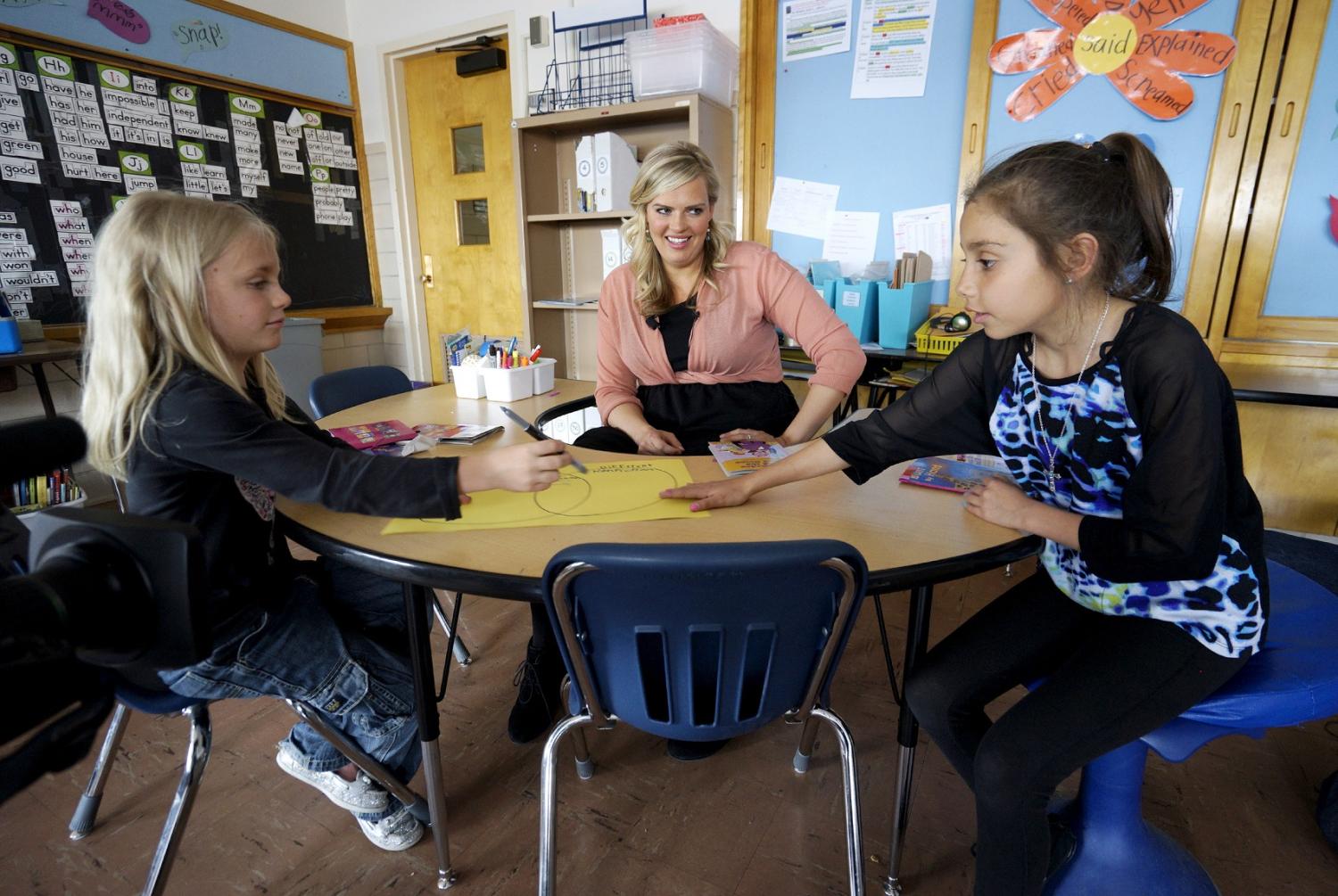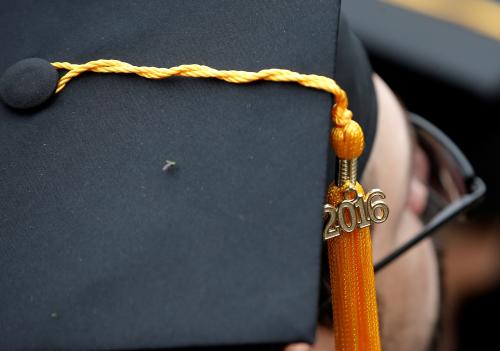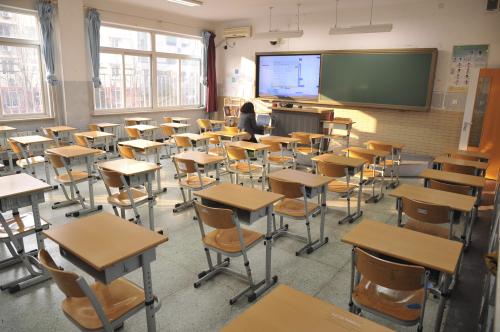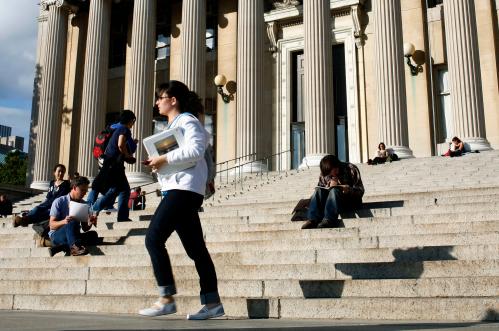Today, the National Council on Teacher Quality (NCTQ) released its latest rating of elementary school teacher preparation programs. NCTQ’s review of 875 traditional undergraduate programs will make some folks at some schools happy (those who got high ratings) and some unhappy (programs with low grades). Many schools don’t like NCTQ’s review; some schools disagree with NCTQ’s process and some may disagree with the criteria used. And then there are those schools who just don’t want to be held to any external standard at all. However, there are some findings in the NCTQ report that inform us about the overall state of teacher education in our nation. Regardless of whether you agree with the rating of a particular school, these overall findings are important. Maybe they’re even shocking. (Full disclosure: my daughter worked for NCTQ one summer as an intern.)
Everyone understands that a key element in learning to be a teacher is actually getting in the classroom and teaching. Book learning does matter (more on that below), but every teacher I know talks about the importance of learning-by-doing. A critical question, then, is whether that learning begins on the first day of the first job or whether the teacher gets a head start through a quality student teaching experience.
Shockingly, most teacher ed programs don’t do a very good job of arranging high-quality student teaching experiences. The criteria that NCTQ uses to rate schools in this area are very hard to disagree with. NCTQ emphasizes two criteria: the extent to which student teaching mentors observe their mentees and provide written feedback, and the extent of control that the teacher training program has on picking good mentors. Despite the fact that NCTQ sets a pretty low bar for getting a good grade on arrangements for student teaching, very few schools come anywhere close to what we would hope for. To quote NCTQ:
Just 3 percent earn an A (and 2 percent a B) by making an effort to match student teachers with strong cooperating teachers and requiring program supervisors to provide student teachers with at least four observations incorporating documented feedback (five is the minimum shown by research to be effective).
Does that sound bad? NCTQ also finds:
Only about seven percent of programs collect any meaningful information on each cooperating teachers’ skills, and only about one percent screen cooperating teachers for both their mentorship and effectiveness as a teacher.
These findings make me wonder just how many student teaching experiences consist of little more than throwing student teachers in front of a class with little or no useful guidance. While I’m sure most student teachers do receive informal feedback, I share NCTQ’s position that more formal feedback is also important.
Let’s turn to the book learning question. Here, NCTQ has findings that are quite clear…but that are also controversial. Education schools are notorious for their low academic standards. Of course some education schools do have perfectly high academic standards, but even these schools often find their reputations tarred by unfair association with weaker peers. NCTQ rates schools based on the selection of undergraduates into teacher prep programs, using a criterion that entrants should have measures of academic ability that come from the top half of college applicants. This does not mean every entering student should be from the top half, but at least on average entering students should be from the top half.
Selectivity criteria are debatable for two reasons. Some people don’t think that pure academic ability is all that important for elementary school teachers. Others are concerned with the effect that selectivity standards have on diversity. I have little sympathy for the former argument. Surely academic ability is not the only ability that an elementary teacher should have. A high Emotional-Quotient is also necessary. Just as surely, though, academic ability matters.
The arguments about diversity are a little different. One argument is that standard measures of academic ability, especially standardized tests, are biased against members of some minority groups. To the extent that the tests measure ability inaccurately, the concern is legitimate. A different argument is that schools need a diverse set of teachers, and in admitting prospective teachers or hiring teacher applicants, preparation programs and schools should prioritize workforce diversity, even if it comes at the expense of compromising performance or admissions standards for some minorities who are in short supply.
Whichever side of the debate you favor, NCTQ’s findings are very, very interesting. A bit over half of the 875 programs studied do pretty well on NCTQ’s selectivity standard. While only 6 percent of teacher training programs get an A or B rating based on admitting students with high GPAs or test scores, another 50 percent of programs get a high grade because they draw students who are above average based on their own institution’s admission standards—even though their own institution’s admissions are not high by national standards. This is good, and NCTQ points out that progress has been made over the last couple of years. However, to the extent that teacher prep programs are concentrated in low selectivity colleges, the fact that the ed schools are selective within their institution’s not-too-selective pool isn’t all that reassuring. In other words, those ed schools are doing a good job on the aspects of selectivity that they can control, but we might still worry about whether nationally too few teachers come from more selective schools.
Here’s the very good news: Many programs are both selective and diverse! 113 of the 875 programs earned an A+ for this accomplishment. NCTQ writes:
Programs can earn this A+ by being more diverse than the program’s institution as a whole or more diverse than their state’s teacher workforce. These 113 programs prove that teacher prep programs can be both selective and diverse.
So, a suggestion for ed school deans: If you’re worried about how to become more selective without losing diversity, get some advice from one of the 113 peer institutions who’ve demonstrated that you can pull this off.
The Brookings Institution is committed to quality, independence, and impact.
We are supported by a diverse array of funders. In line with our values and policies, each Brookings publication represents the sole views of its author(s).








